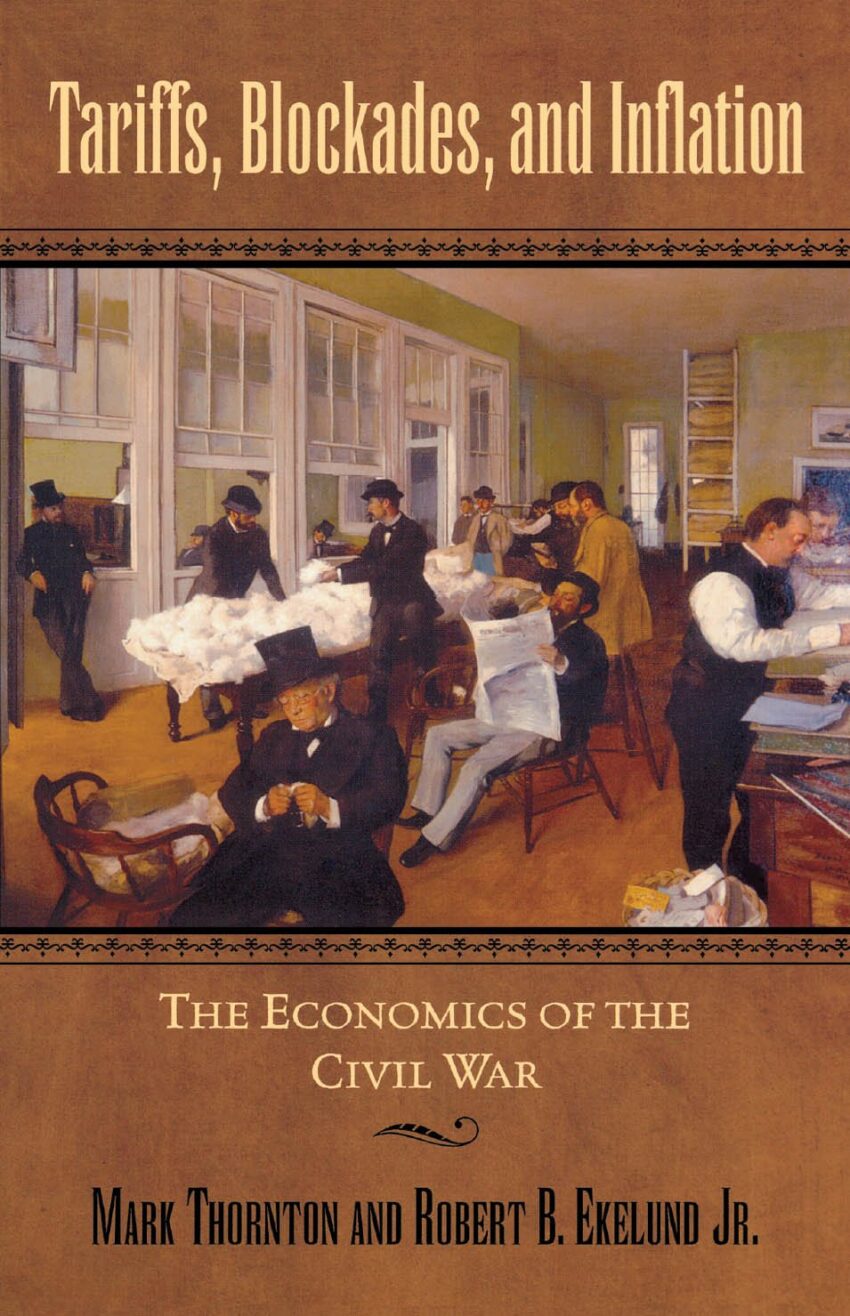Like a child with his new favorite toy at Christmas, President Trump is using tariff taxes not only to attempt to centrally plan the pricing of thousands of goods and services in the economy, but also to engage in election interference in other countries. The latter statement refers to how he recently put the government of Brazil on notice that 50 percent tariff taxes would be imposed on Brazilian imports to the U.S. unless it dropped the legal case against the former Brazilian President Jair Bolsonaro. I bet you thought that Donald Trump was against one country interfering with the electoral politics of another country, didn’t you?
With this threat President Trump is essentially saying, “We will punish American consumers with higher prices on goods imported from Brazil unless you run your legal system the way I, Donald Trump, want you to run it.” No skin off Donald Trump’s back, only hapless American consumers and tariff taxpayers. Imagine if say, Japan or Canada made similar threats of quadrupling tariff taxes on American imports into their countries unless we changed our immigration laws, quit deporting illegal aliens, let illegal aliens who have committed additional crimes out of prison, etc. Why, Donald Trump would be outraged!
Then there is the chaotic global economic uncertainty caused by Trump’s ever-growing list of tariff tax threats, which seem to randomly range from around 15 percent to 50 percent or higher, involving dozens of countries. Just last year the average American tariff tax on imports was 2.5 percent. In doing this President Trump is posing as the Jolly Green Giant of negotiators, a one-man negotiating “team” taking on all the other countries in the planet under the apparent assumption that a balance of trade with all countries is the goal. Who could argue that the residents of Liechtenstein should induced to buy as much from America as Americans buy from Liechtenstein?
Negotiating tariff rates with all the countries of the world just may be more difficult and time consuming than Trump thinks. The most famous American tariff in American history, the Smoot-Hawley tariff of 1930 (with a 60 percent average tariff rate), spawned an international trade war that shrunk world trade by two thirds in three years and exacerbated the Great Depression. After the war the nations of the world went to work negotiating down tariff rates because the whole world understood the economic catastrophe that was created by such a shrinkage of the international division of labor, the lifeblood of economic prosperity. The created the General Agreement on Tariffs and Trade (GATT) in 1947 when the average worldwide tariff tax rate was around 25 percent.
For the next fifty years round after round of negotiations whittled down the worldwide average tariff rate to 5 percent. This was a tremendous boost to post-war worldwide economic growth and prosperity. There were numerous rounds of negotiations that lasted from five months to seven years. Each round, in the end, tended to reduce tariff rates and non-tariff trade barriers.
 Every country has its own special interest politics that will affect how such country-to-country negotiations take place, and there are bound to have been some negotiations that impeded rather than encouraged more world trade, but certainly on balance tariff taxes were reduced severely over that half century.
Every country has its own special interest politics that will affect how such country-to-country negotiations take place, and there are bound to have been some negotiations that impeded rather than encouraged more world trade, but certainly on balance tariff taxes were reduced severely over that half century.
President Trump’s increases in the average American tariff rate by at least a multiple of four, at a minimum, threatens to bring us back to where we were in 1947. But not to worry, The Great Jolly Green Giant Negotiator is confident that he can do in five days or less what the entire world took fifty years to achieve just in case his hyper-protectionist policies blow up in his face (economically speaking). This kind of thinking is what F.A. Hayek, in his critique of socialism, called “the pretense of [more than is humanly possible] knowledge” and “the fatal conceit.”
Article posted with permission from Thomas DiLorenzo
The post Trump’s Election Interference Tariff appeared first on The Washington Standard.
Click this link for the original source of this article.
Author: Tim Brown
This content is courtesy of, and owned and copyrighted by, https://thewashingtonstandard.com and its author. This content is made available by use of the public RSS feed offered by the host site and is used for educational purposes only. If you are the author or represent the host site and would like this content removed now and in the future, please contact USSANews.com using the email address in the Contact page found in the website menu.








